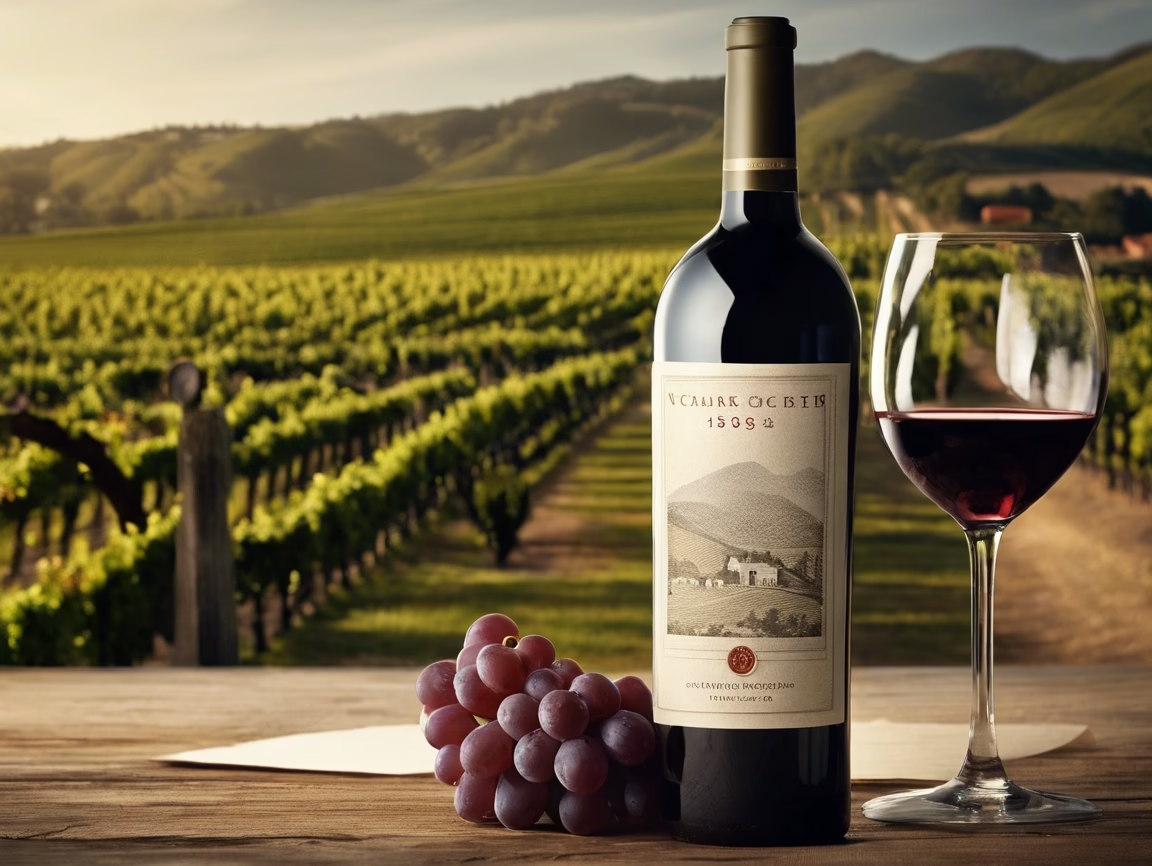Digital has revolutionized the way wineries interact with their customers. A well-designed website can function as a bridge, connecting the virtual and physical worlds in an enveloping and engaging journey into the world of wine.
- The value of an online business card
In an age when digital presence dominates, a winery's website represents its corporate identity. It works on several levels:
Anticipation: Visitors form a first impression well before they set foot in your winery, based on your website. This digital space must therefore be a place that inspires, educates and invites discovery.
Credibility: A well-maintained website conveys dedication and professionalism, assuring potential customers that the same care will be reflected in every aspect of the wine experience.
Connection: More than just a product catalog, the website is a place to tell stories, to share the winery's history and the passion and tradition that fuel each bottle.
- The website as the centerpiece of marketing initiatives
A website should not exist in isolation. It must be integrated into a broader marketing strategy and serve as a nucleus for various initiatives:
Synergy with social media: While a social media post may capture attention, it is the website that deepens, educates and converts.
Database and CRM: The website is a tool for collecting valuable data on visitors, further personalizing communication.
Evergreen Content: While social media is ephemeral in nature, the website hosts permanent content that reinforces your authority in the field.
- Elevating the experience through the Volut "Experience Design Method"
"Experiential Selling" transcends the simple transaction. Through the Volut "Experience Design Method," every interaction in a winery becomes a distinctive journey. This method focuses on sensory and emotional immersion, creating a deep connection between the customer and the brand. - Sensorial Branding: A multisensory journey
By expanding the appeal of the winery through sensorial branding, Volut creates unforgettable memories. Sensory branding is not just a concept; it is a practice that transforms every interaction into a memorable experience, creating a deeper bond between customer and brand.
Practical Tips for an Effective Experiential Approach:
Tell Your Story Authentically: Every wine has a unique story. This story must be told with authenticity, making it central to every customer interaction.
Multi-sensory Engagement: The wine experience goes beyond taste. Think about how you could engage all of your visitor's senses-from background music, to the textures of materials used in the winery, to the aromas released during a tasting.
Use Digital to Amplify the Real Experience: A well-designed website with interactive content can serve as an extension of the physical visit. It also encourages customers to share their experiences on social media, further amplifying the message.
Staff Training: The crew is the first point of contact with visitors. They must be well trained, not only on wine, but also on the history and values of the winery. They must be able to convey passion and knowledge to each visitor.
Conclusions:
The wine world is constantly evolving, and an online presence is now a key step in this journey. We invite wineries to discover our method in their own winery/cellar with a FREE assesment. This includes:
A half-day at your company to provide practical advice.
Analysis of the experiences offered to customers according to our model.
Creating a strategic plan.
Production of interviews and video content.
In return, we ask for a short positive review to help us promote our work.
Join us on this revolutionary journey into the world of wine and learn how Volut can elevate your online presence and winery experience.


